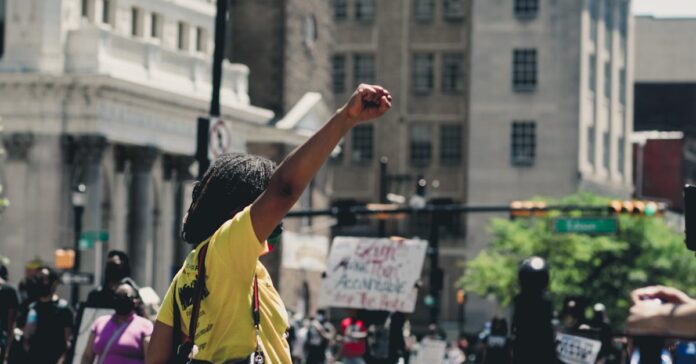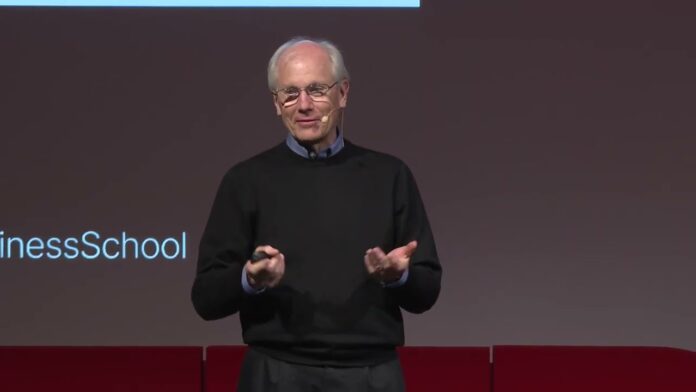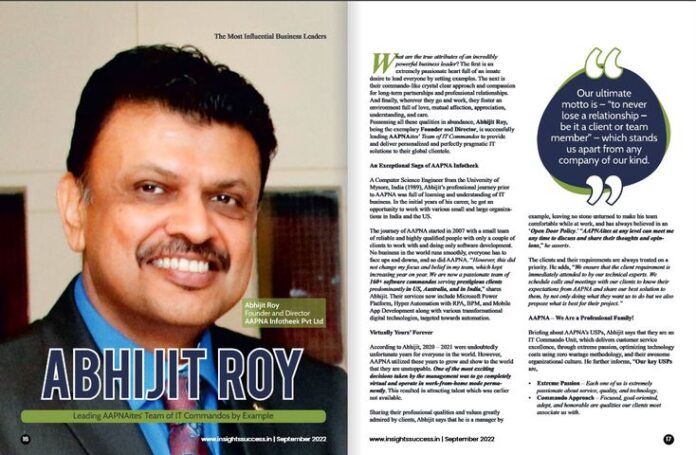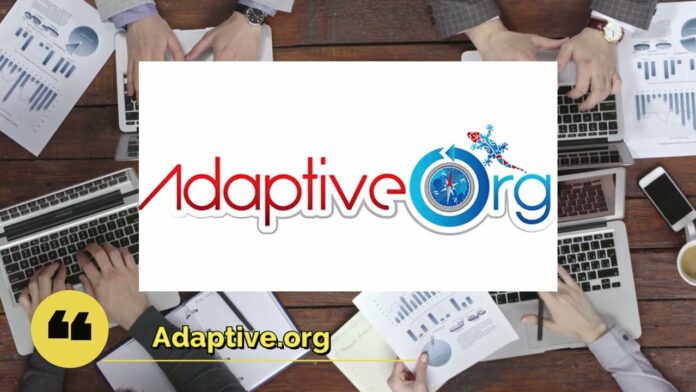The Amazon rainforest, also known as the “lungs of the planet,” is home to over 10% of the world’s biodiversity and plays a crucial role in regulating the Earth’s climate. However, this precious ecosystem is facing a grave threat – deforestation. Deforestation refers to the permanent destruction of forests for various purposes, such as agriculture, logging, mining, and urbanization. In this blog post, we will dive deep into the causes and effects of deforestation in the Amazon rainforest, and the efforts being made to combat it.
Causes of deforestation in the Amazon Rainforest
Agriculture and Cattle Ranching
Agriculture and cattle ranching are the primary drivers of deforestation in the Amazon rainforest. In order to meet the growing demand for food and animal products, large areas of forests are cleared for agriculture and to create pasture for livestock. The most common crops grown in these cleared areas are soybeans, palm oil, and coffee. According to the Food and Agriculture Organization (FAO), between 2000 and 2010, the expansion of agriculture and cattle ranching accounted for 70% of deforestation in the Brazilian Amazon.
Moreover, the government of Brazil has implemented policies and incentives to promote the development of the agricultural sector, leading to further deforestation. For instance, the Brazilian government has granted tax breaks and subsidies to farmers and ranchers, making it more profitable for them to clear land for cultivation and grazing.
Logging
Logging, both legal and illegal, is another major cause of deforestation in the Amazon rainforest. Trees in the Amazon are logged for their valuable timber, which is used for furniture, building materials, and paper production. While some logging is done sustainably, a significant portion of it is carried out illegally. According to a study by the World Wide Fund for Nature (WWF), illegal logging accounts for 80% of all timber extracted in the Brazilian Amazon.
Illegal logging not only contributes to deforestation but also promotes other illicit activities such as corruption, money laundering, and human rights abuses. The lack of effective law enforcement and government oversight makes it easier for loggers to operate illegally in the Amazon without facing any consequences.
Mining
Mining, particularly for gold, is a significant contributor to deforestation in the Amazon rainforest. Gold mining requires vast amounts of land to be cleared and excavated, destroying large areas of forests in the process. Moreover, the use of mercury in gold mining also pollutes water sources, making them unsafe for both humans and wildlife.
A report by the Amazon Conservation Association estimated that over 168 square miles of forest have been lost due to gold mining in the Madre de Dios region of Peru alone. This type of deforestation not only destroys critical habitats but also disrupts the lives of indigenous communities who rely on the forest for their livelihoods.
Impact on the environment

Deforestation has far-reaching consequences on the environment, not just in the Amazon rainforest but also globally. Here are some of the major impacts of deforestation on the environment:
Loss of Biodiversity
The Amazon rainforest is home to an incredible diversity of plant and animal species, many of which are found nowhere else on Earth. Deforestation threatens this biodiversity, as it destroys habitats and disrupts the delicate balance of the ecosystem. According to a study published in the journal Science Advances, deforestation in the Amazon could lead to the extinction of 36% of plant and animal species by 2050.
Moreover, the loss of biodiversity also affects the services provided by the rainforest, such as pollination, soil fertility, and carbon sequestration. These services are crucial for the survival of both humans and wildlife and losing them could have catastrophic consequences.
Climate Change
The Amazon rainforest plays a crucial role in mitigating climate change. Its trees absorb and store vast amounts of carbon, helping to regulate the Earth’s climate. However, deforestation releases this stored carbon back into the atmosphere, contributing to the greenhouse effect and exacerbating climate change. According to the World Wide Fund for Nature (WWF), the Amazon rainforest stores an estimated 90-140 billion metric tons of carbon, making it one of the world’s most significant carbon sinks.
Moreover, deforestation also affects rainfall patterns, leading to droughts, wildfires, and floods in different parts of the world. The Amazon rainforest is responsible for producing up to half of its own precipitation, which helps to regulate the water cycle not just in South America, but also in North America and other parts of the world.
Soil Degradation
Deforestation affects soil quality by exposing it to direct sunlight, which leads to moisture loss and erosion. The roots of trees also help to hold the soil in place, preventing erosion. Without this natural protection, the topsoil becomes more prone to erosion, making it less fertile and suitable for agriculture. This results in the displacement of farmers and further deforestation as they search for new lands to cultivate.
Impact on indigenous communities

Indigenous communities have lived in the Amazon rainforest for centuries, relying on its resources for their survival. However, deforestation poses a significant threat to their way of life and well-being.
Loss of Traditional Lands
Many indigenous communities in the Amazon rainforest have their traditional territories within or adjacent to the forest. Deforestation often results in the displacement of these communities as their homes and livelihoods are destroyed. The continuous expansion of agriculture, logging, mining, and other industries also threatens their traditional lands and makes it difficult for them to maintain their cultural practices and way of life.
Loss of Livelihoods
Deforestation also affects the livelihoods of indigenous communities who rely on the forest for their sustenance. These communities engage in subsistence farming, hunting, fishing, and gathering from the forest, which provides them with food, medicine, and materials for crafts. Deforestation disrupts these activities by destroying habitats and reducing the availability of resources, making it harder for indigenous communities to maintain their traditional way of life.
Threats to Health
Indigenous communities in the Amazon rainforest are also at risk of exposure to diseases and health hazards due to deforestation. The destruction of forests leads to the displacement of wildlife and exposes humans to new pathogens and diseases. Moreover, deforestation also increases air and water pollution, making it harder for indigenous communities to access clean water and air, leading to health issues.
Efforts to combat deforestation
The destruction of the Amazon rainforest has been a cause for concern for environmentalists, governments, and other organizations for decades. As a result, various efforts have been made to combat deforestation and protect this critical ecosystem. Here are some of the initiatives being implemented to address deforestation in the Amazon rainforest:
Government Policies
Several governments in South America have implemented policies to reduce deforestation in the Amazon rainforest. For instance, Brazil’s Forest Code requires landowners to keep 80% of their property under forest cover, with the remaining 20% used for agriculture and other purposes. The Brazilian government has also established protected areas, such as national parks and indigenous reserves, to conserve the forest and its biodiversity.
Moreover, governments are also working with companies to promote sustainable practices and reduce illegal activities in the Amazon. For instance, in 2010, the Soy Moratorium was put in place, which prohibits the purchase of soybeans grown on recently deforested land in the Brazilian Amazon.
Forest Restoration
Restoring degraded and deforested areas is another approach being used to combat deforestation in the Amazon. For instance, the Brazilian government launched the Amazon Fund in 2008, which provides financial support for forest restoration and conservation efforts in the Amazon rainforest. The fund has helped to restore over 2 million hectares of degraded land, reducing carbon emissions by an estimated 1 billion tons.
Moreover, reforestation initiatives, such as the Billion Tree Campaign by the United Nations Environment Programme (UNEP), promote the planting of trees to offset carbon emissions and mitigate the effects of deforestation.
Indigenous-led conservation
Indigenous communities have played a crucial role in protecting the Amazon rainforest through their traditional knowledge and practices. Indigenous groups, such as the Kayapo and Ashaninka, have formed alliances with environmental organizations to protect their territories from illegal activities and promote sustainable land management practices.
Moreover, indigenous-led conservation projects, such as the Surui Carbon Project in Brazil, have been successful in reducing deforestation and promoting sustainable livelihoods for indigenous communities. These projects also help to empower indigenous communities by providing them with economic opportunities while preserving their cultures and traditions.
Conclusion
Deforestation in the Amazon rainforest is a complex issue with far-reaching consequences on the environment, indigenous communities, and the global community. While various efforts are being made to combat deforestation, it is essential for governments, companies, and individuals to work together and take concrete actions to protect this critical ecosystem. Sustainable practices, responsible consumption, and supporting indigenous-led conservation efforts can go a long way in preserving the Amazon rainforest and its invaluable services for generations to come.









